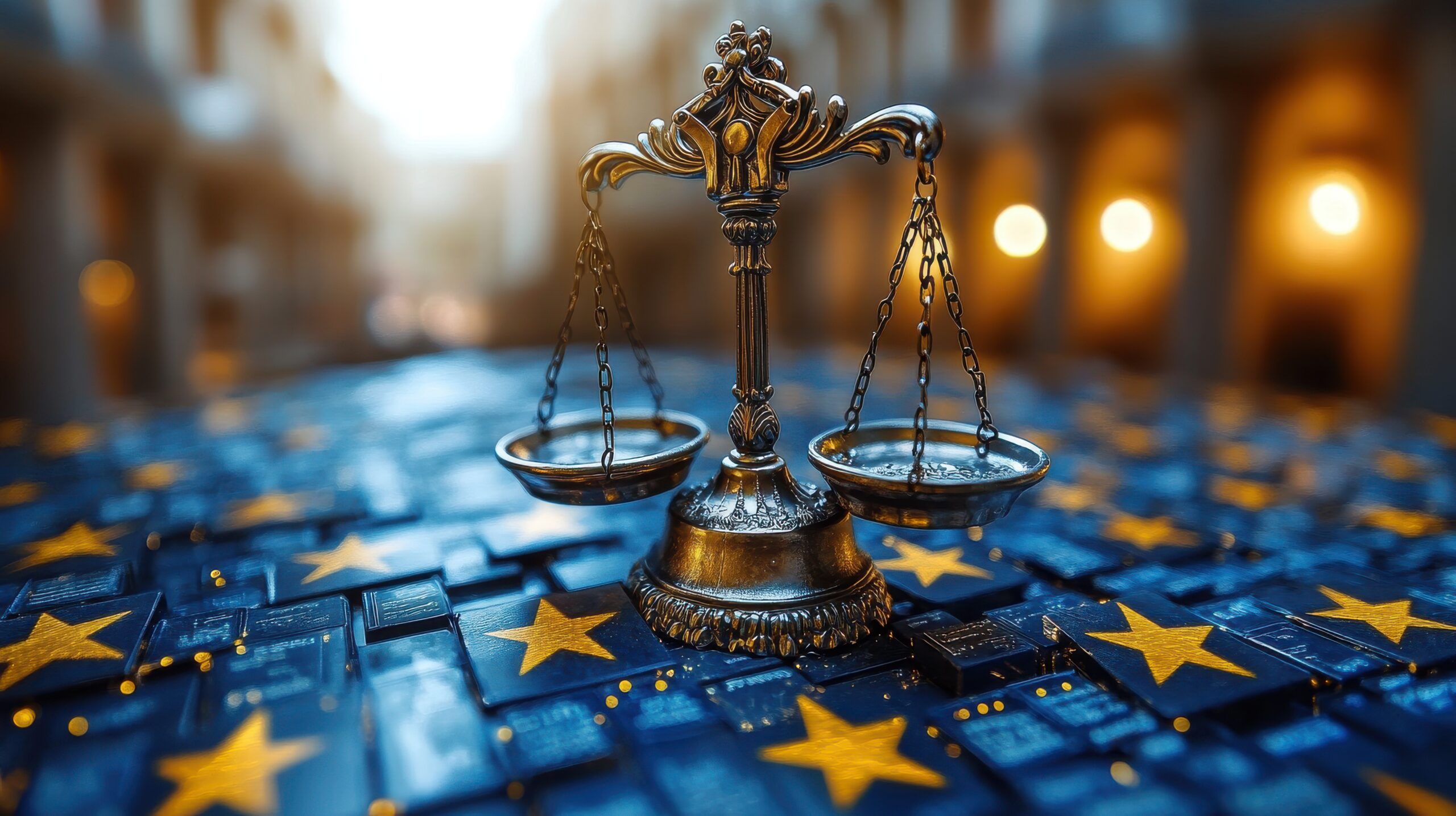As we step into 2025, the European Union continues to lead the charge in promoting sustainable practices through an ambitious regulatory framework. With initiatives like the EU Taxonomy, the Sustainable Corporate Governance directive, and the Circular Economy Action Plan (CEAP), businesses are under increasing pressure to align their operations with stringent environmental, social, and governance (ESG) standards. For brands navigating these changes, recommerce business models offer a pathway not only to compliance but also to new revenue streams and enhanced brand positioning.
Understanding the 2025 Regulatory Landscape
- EU Taxonomy: This classification system identifies environmentally sustainable economic activities, providing clear guidelines for investments that support the EU’s climate and environmental objectives. Businesses must now disclose how their activities align with these criteria, emphasizing resource efficiency and circularity (European Commission, 2020).
- Sustainable Corporate Governance Directive: This directive requires companies to integrate sustainability into their governance structures, ensuring that long-term environmental and social impacts are considered in decision-making processes. It also places greater accountability on directors for managing ESG risks and opportunities (European Commission, 2021).
- Circular Economy Action Plan (CEAP): A cornerstone of the European Green Deal, CEAP focuses on extending product lifecycles through practices like repair, refurbishment, and recycling. It aims to reduce waste and foster sustainable consumption patterns, with specific attention to high-impact sectors such as electronics, textiles, and packaging (European Commission, 2020).
Avoid Greenwashing: How to Build Sustainable Strategies
Recommerce: A Natural Fit for Circularity
Recommerce, which encompasses the resale, refurbishment, and recycling of products, aligns seamlessly with the EU’s regulatory push towards circularity. Here’s how recommerce business models can help brands thrive in this new landscape:
1. Regulatory Compliance:
-
- Circular Economy Goals: By extending product lifespans through resale or refurbishment, brands contribute directly to CEAP’s objectives, reducing waste and promoting resource efficiency.
- Sustainability Metrics: Recommerce provides measurable data on resource conservation and emissions reduction, aiding compliance with EU Taxonomy disclosures.
2. New Revenue Streams:
-
- Recommerce opens up avenues for monetizing pre-owned goods, creating recurring revenue opportunities. For example, brands can establish trade-in programs or dedicated resale platforms to capture value from returned or second-hand products.
- Refurbished goods often appeal to cost-conscious consumers, expanding market reach and driving sales in new customer segments.
3. Enhanced Brand Positioning:
-
- Sustainability Leadership: Adopting a recommerce model signals a commitment to environmental stewardship, resonating with eco-conscious consumers and investors.
- Customer Loyalty: Trade-in and buy-back programs foster deeper customer engagement, building trust and loyalty.
- Innovation Narrative: Pioneering recommerce initiatives allow brands to position themselves as innovators in sustainable business practices.
Practical Steps for Implementing Recommerce Models
1. Develop Circular Design Practices:
-
- Design products for durability, repairability, and recyclability, ensuring they fit seamlessly into a circular ecosystem.
2. Establish Take-Back Programs:
-
- Encourage consumers to return used products through incentives, creating a steady supply for resale or refurbishment.
3. Leverage Digital Platforms:
-
- Invest in eCommerce solutions tailored for second-hand goods, ensuring a seamless user experience for customers.
4. Collaborate with Experts:
-
- Partner with recommerce specialists or platforms to streamline operations, from logistics to refurbishing processes.
- A Path Forward for Your Brand
The EU’s regulatory framework for 2025 underscores the importance of transitioning to sustainable business models. Recommerce offers a compelling solution, enabling brands to comply with stringent requirements while unlocking new opportunities for growth and differentiation. By embracing circularity through recommerce, companies can future-proof their operations, delight environmentally conscious consumers, and position themselves as leaders in the sustainability revolution.
In a world where regulatory demands and consumer expectations converge, recommerce is not just a compliance strategy—it’s a business imperative. Start your journey today, and transform compliance challenges into opportunities for innovation and growth.
Avoiding Greenwashing
Discover how to avoid the pitfalls of greenwashing and build genuinely sustainable strategies that foster trust, align with regulations, and drive long-term business growth.
Miguel Valenzuela, Chief Operations Officer
SAP Recommerce

